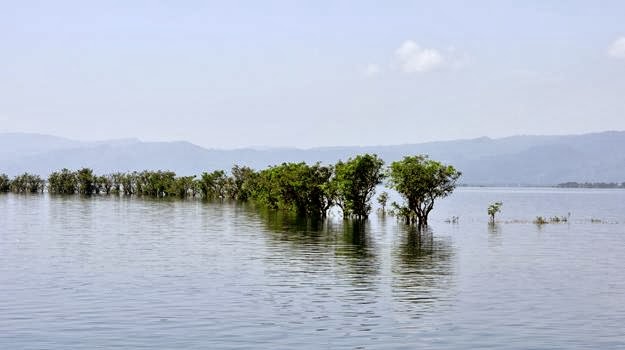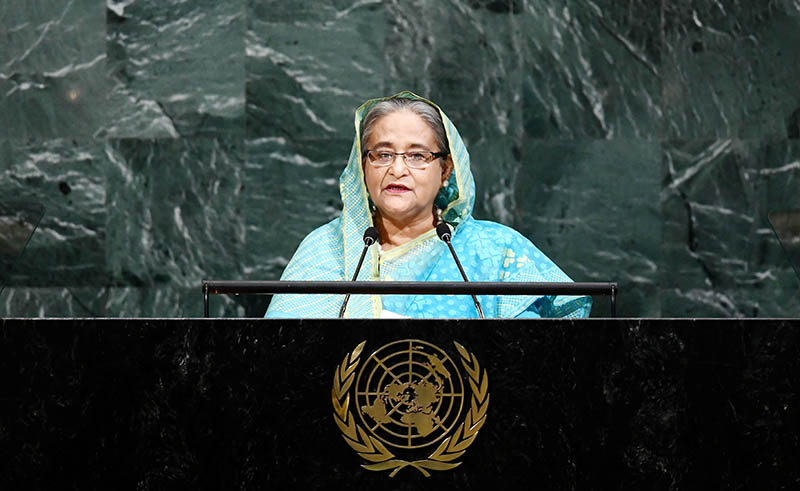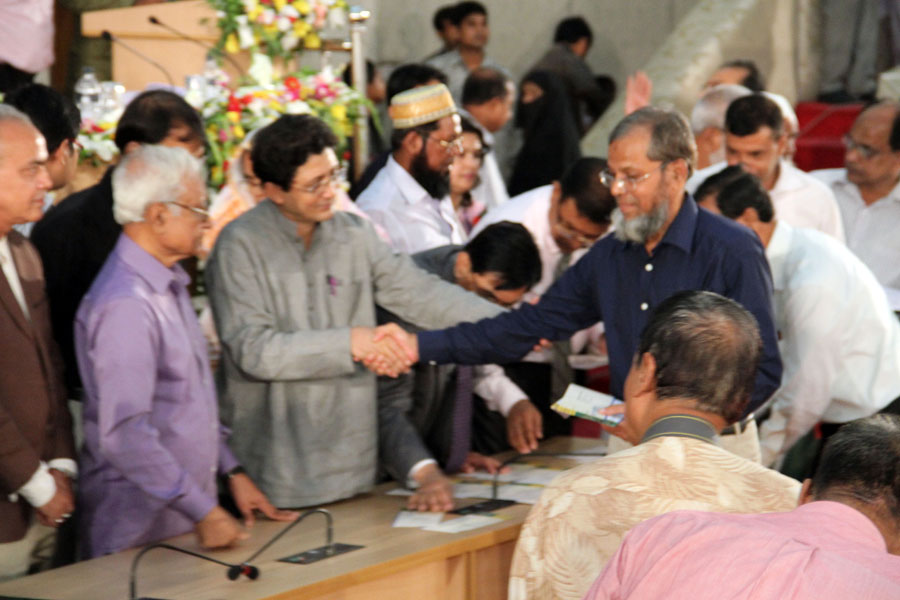
#thenewscompany : Haors and Baors are the last stronghold of freshwater biodiversity gene bank in Bangladesh surviving by its own despite negligence in appropriate conservation and sustainable development measures in wetlands management.
Haor is a great reservoir of aquatic biological resources and acts as the ecological safety net to the nature as well as to the dwellers of the haor. But in reality, these areas are considered as wastelands and to make these wastelands into a productive one, a one sided plan has been implementing since long. The programme is popularly known as Flood Control, Drainage and Irrigation (FCDI ) which is mainly devoted to increase the monoculture rice production. However, in fact haor ecosystem is a multiple-resource base which demands an integrated polygonal sustainable development approach. The ongoing management approach is biased to only rice production through FCDI. Thus this primitive mode of action is narrowing other resources base having more economic potential ever thought.
These resources are: grass, reeds, submerged plants, mollusks, fishes, turtles, birds and the swamp forests. Natural gas and peats are two dominant natural energy sources of haor ecosystem. Bio-fuels, Biomass, Bio-energy, Natural manure/compost out of huge aquatic vegetation are somehow ignored in the ongoing haor resource management approach. Eventually mollusk culture, cattle grazing, natural fattening of livestock, duck-rearing and winter horticulture might generate huge revenue and local employment. In addition SME in aquatic resources sector could be a new arena of sustainable development for haor basin. At the given climate change scenario “raised housing” and “monsoon pisciculture” are two major options to combat the flash floods of haors, which need to be implemented.
Clearing of swamp forest, reedlands and indiscriminate hunting and poaching resulted in extinction of all most all mega fauna including Swamp Deer, Hog Deer, Rhinoceros, and Marsh Crocodile, Rock Python, Black-necked Stork, Bengal Florican, Pink-headed Duck and so on from the haor basin. In addition a large numbers of valuable wetlands species of flora and fauna are on the verge of extinction. Fisheries resources have also been depleting at an alarming rate and more than a dozen of freshwater fish species are categorized as vulnerable and endangered. This implies that there is a crisis of visionary philosophy to the haor basin resource management. Now, as far as Ramsar convention is concerned, it is an urgent need to change the vision and act as per the modern concept of sustainable development vide the CBD/Ramsar/agenda-21/PRSP and MDGs goals and objectives of which Bangladesh is an active partner. Hence, national wetlands policy is key demand to fulfill the national obligation for managing wetlands and its precious biological and other renewable natural resources in a sustainable way.
Bangladesh is the largest delta in the world predominantly comprising large network of rives and wetlands. Wetlands in Bangladesh are represented by inland freshwater, estuarine brakishwater and tidal salt-water coastal wetlands. Bangladesh posses enormous area of wetlands including rivers and streams, freshwater lakes and marshes, haors, baors, beels, water storage reservoirs, fish ponds, flooded cultivated fields and estuarine systems with extensive mangrove swamps. The past, present, and future of Bangladesh, and its people’s livelihoods are intimately connected to its relationship with water and wetlands. More than 90% of the country’s total area consists of alluvial plains, crisscrossed by a complex network of rivers and their tributaries. Floodplains, beels (low-lying depressions in the floodplain), haors (deep depression) and baors (oxbow lakes) represent the inland freshwater wetlands.
Contributed By : Dr. Anisuzzaman khan, Dr. Ansarul Karim, Dr. S.M.A Rashid, Dr. Istiak Sobhan . Mr. Sourav Mahmud and Mr.Abu Syed
CLICK HERE for the full Report





































